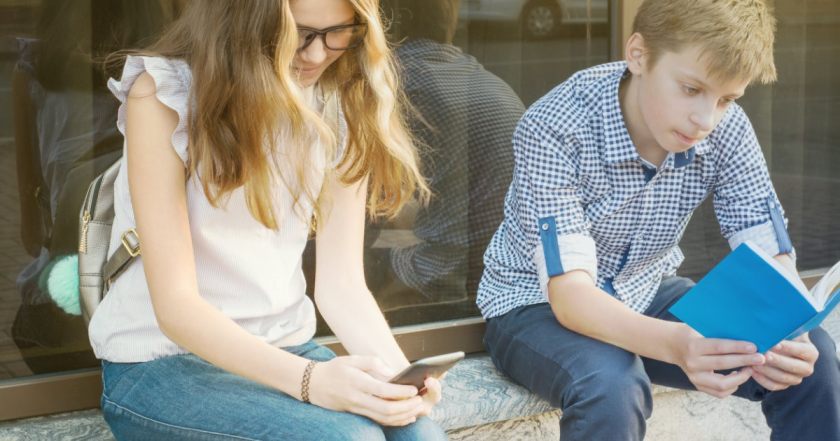
Do you read books on your iPhone? What’s your experience? What would you improve? Did iPhone influence your reading life in any way?
Just like you, I’m a happy user of the iPhone. I’d like to share some thoughts on how this device shaped the way I read, and what I expect from books.
Do you remember when you bought your first iPhone? This image is still unbelievably crispy in my mind, even though it happened 12 years ago: a shiny black iPhone 3G pulled out from a perfect box one rainy and depressing day in October 2008.
I still keep this iPhone and I’m not going to get rid of it. It’s too important. This little device is a milestone in my life. It made me read books again.
One of the first apps I downloaded was Stanza. At that time, it was the most advanced book reading app for the iPhone – a loud and clear example that Steve Jobs was wrong saying a few months earlier in an interview for The New York Times: “It doesn’t matter how good or bad the product is, the fact is that people don’t read anymore.”
Twelve years have passed. Ebooks have become a part of daily life. They are not as inspiring as they were a few years ago. Most readers have found the perfect balance between reading print and digital books. They have learned, tested, and fixed enough to assume there is nothing else to discover. Are they right?
It’s never too late to exchange the experience. Here is my story.
[ef-reco id=”123906″ title=”Read also” info=”Top article”]
Reading books on the iPhone
When you read fiction, any other device is one device too many
What kind of books do you read the most? Is it fiction or nonfiction? Do you read textbooks or academic papers? Do you delve into picture books or use digital cookbooks in your kitchen?
If you prefer reading fiction, you don’t need a large-screen device. An iPhone (and any other smartphone, no matter how small or big it is) is perfect for reading novels, essays, or short stories.
90% of books I read is fiction and image-free nonfiction. I had a few iPads and Kindles, but I always ended up reading on the iPhone. It’s the device you don’t need to remember taking with you because you always have it.
Many users buy bigger devices for reading because they want to have a feeling of holding a real book. The 6-inch e-reader has the size of a paperback. The 10-inch iPad is comparable to textbooks. Some readers put their devices in a leather case to bring back the look and smell of an old library book.
Why should you need three devices (a smartphone, e-reader, and tablet), if you could accomplish most tasks by using just a smartphone and e-reader? Why would you need two devices, if you could accomplish most tasks with just your smartphone?
It’s true, a smartphone is not big enough to recreate the print book reading experience. It has the size of a palm and it doesn’t have the weight of something important. Does it have to?
E-readers are good for eyes. Tablets are must-have devices if you work with textbooks, and make many notes. But for someone who reads on a smartphone, they are just spare devices.
E-reader and tablet sales are decreasing not because these devices are not being improved fast enough. Many users bought these devices and had a chance to evaluate their value. There are new devices to test, naming only smart speakers, so why not giving them a chance?
The font size is what matters
Do you remember the size of your first iPhone? It was probably much smaller than the one you have right now. For instance, iPhone 3G had a 3.5-inch display with a 480 × 320 resolution. And it was already good enough for reading.
The width of the smartphone screen is similar or higher than a text block in a newspaper. If you don’t have a problem with reading a print magazine, you should not have a problem with reading on a 4-inch smartphone.
At the beginning, many users were confusing the screen size with screen resolution and font size. Their iPhone’s display was “too small because the letters were not readable.”
From the very beginning, all book reading apps come with a default feature that lets increase font size to a level that is comfortable to users.
You can make the text on your iPhone big enough to be readable. And you can make the text on your iPad small enough to be unreadable.
My previous iPhone was the 7 Plus model. I wanted two things: to keep full functionality of the iPhone, and to use an extended screen estate to read books in a more active way.
It turned out that iPhone 7 Plus was too big for the first goal, and too small for the other.
Conclusion: KISS – Keep it Small, Stupid.
Distractions are not a problem
How does using a smartphone affect your attention span? Is your ability to focus decreasing with time? Do you get distracted easier than a few years ago?
For most people, distractions become a major problem, and smartphones make it only worse. There is simply too much happening on this little outer brain. Notifications appear when you want them and when you don’t; a desire to check out Facebook timeline makes you open the app every few minutes; there are so many new apps to check out, so many Twitter users to block, and so many YouTube videos to like.
Here is good news. When used properly, the same device that creates distractions can eliminate them. It’s all about developing a habit of embracing distractions, not fighting them.
Your favorite book reading app – be it a Kindle, Nook, Kobo, or Google Books – can be a powerful tool to balance distractions and focus on a single task.
You don’t have to use it for a few hours each day. As you already know, reading for only 6 minutes can reduce stress by almost 70%.
I use three simple ways to reduce distractions on the iPhone. You probably do the same:
- Turn on a “Do Not Disturb” or “Airplane” mode every time you want to read a book.
- Schedule “Do Not Disturb” for the time of the day you usually read books.
- Place a book reading app next to the app that is the biggest source of distractions. A Dock bar at the bottom of the display is a perfect place for that.
What other ways to limit distractions are you using?
A book reading app can be a source of distractions, too
A book is a portal to another world. A book reading app is a portal to countless worlds. Their number is determined by how many books you have downloaded to the app, but also free samples you can get in a matter of seconds.
Sometimes this is not good.
When you open the book reading app, you can immediately start reading. But there is always a temptation to check out other books you have at hand. Especially when you are not in a mood to read the currently opened book.
The moment you open the library view in your book reading app is the moment you will most probably stop reading in the current session.
And the more books you have in the app’s library, the more distracted you become. “Have I read this book, already?” “What is this memoir doing in the sci-fi collection?” “Which is the next book in the Witcher series?” “Am I really in a mood to read nonfiction?”
How to limit distractions in the book reading app?
- Download only a few titles – the ones that you are sure to read in the coming days or weeks.
- Remove every book you have finished.
- Disconnect your social media accounts.
- Disable extra features, such as reading stats or rewards.
When reading on an e-reader, you will use your iPhone anyway
When you read fiction, you may want to learn more about a character, place or context. And it’s where e-readers fall short. They are good enough if you use integrated solutions, such as a built-in dictionary or X-Ray.
Things change when you want to find more information using Google web search, translate text, find an image or place in Google Maps. You will have a hard time doing so on the Kindle or Kobo.
You will find it easier to pick up your iPhone to look up words, places, characters from a book you are reading on the Kindle. In other words, you may often need two devices when reading on an e-reader.
It doesn’t work the other way round. On the iPhone, it’s just a matter of switching between apps.
How often do you look for more information about the book you are reading? Which tools do you use? What is your experience with e-readers?
[ef-reco id=”127033″ title=”Read also” info=”Top article”]
You can read more often, in smaller chunks
Having a book always with you – and having it one tap away from what you are doing on your iPhone right now – makes you change your reading habits.
Opening a book becomes less of a celebration and more of a time management. Few minutes spent during a day on reading a book is a time well spent. A few such sessions can make you feel you have spent a good day. And there is still a reading time before bed!
This story can be told the other way round.
You love to read in the evening. The only problem is that you fall asleep too soon. How much time does it take before you close your eyes? I’m fast, I usually sleep in less than half an hour.
The iPhone is a way to extend the reading time backwards, in a spare time during a day, and as often as possible. You can read for fifteen minutes in a subway, a few minutes while waiting for your wife in a shopping center, a few more in a queue at the hairdresser.
Have you ever tried to count how many times a day you are reaching for a smartphone? A few? No way, much more. Most people would say “tens.”
Why not making a small test? Pick up your iPhone for the 67th time today and check out the Screen Time (Settings app ⇢ Screen Time). What’s the daily average? What are the most used apps? Aren’t you shocked by the time you spend with the first app on the list?
Why not replacing 5% of the time with a book reading app?
On average, I use Twitter for 100 minutes a day. 5% would make 5 more minutes for reading. Enough to reduce 60% of daily stress!
Eye strain is not a problem
One of the top reasons to buy e-readers is that they don’t cause eye strain, opposite to devices with LCD displays. It’s an incredibly rational decision if you spend a lot of time on reading books – not a few minutes, but a few hours a day.
However, this is not the case for someone who is satisfied with a smartphone as a primary reading device. Reading for 30 minutes on an iPhone doesn’t add up too much to the eye strain caused by long hours of being exposed to a computer screen.
What’s more, the screen of an iPhone is considerably smaller than, for instance, the 11-inch iPad Pro. The amount of light that attacks your eyes is much lower.
And there are improvements that have been added in the recent years.
The Night Shift makes the light warmer letting the iPhone adjust to evening lighting. This feature is now common, and you can have it not only in smartphones or tablets, but also desktop computers, and even e-readers.
Almost every reading app has a few themes to choose from, and a night theme is surely one of them. When you choose it, the background changes to black, and the letters are displayed in a light color. It’s a perfect setting for night owls.
It’s especially convenient on OLED displays. The first iPhone with such a display was iPhone X launched in October 2017. Opposite to LED screens (which use background light to create an image), an OLED display illuminates each pixel separately. The 100% black pixel doesn’t emit light. Therefore, in a book reading app with a night theme on, only the pixels that form text are sending light to your eyes.
A Kindle app with a dark mode on an iPhone creates smaller light aura than a Kindle Paperwhite with a brightness reduced to the level when the text is still visible.
Personal settings are the new book smell
Each time you pick up a paper book, you celebrate a beautifully designed and printed cover, a subtle texture of a cream paper, a balanced font face, and – most of all – a perfect scent.
Ebooks can’t please you that much because their biggest benefit is not pleasure but convenience.
The scent of a printed book is something that evokes nothing else than positive emotions. It can’t be replaced. But other things can.
Imagine that the paper used in a print book you have just bought is a bit too thick. The font is slightly too small, and definitely too fancy.
Ebooks give you something that may make you addicted to them the same way you are addicted to book smell. It’s the opportunity to make each book look exactly as you want it.
What is your favorite book app? What theme do you use the most – White, Sepia, or Night? Which font do you prefer? Is it Literata in Google Books, Palatino in Apple Books, or Bookerly in Kindle app?
After years of testing and hunting for the perfect look, I have ended up with a Kindle app, with the sepia theme, Bookerly as a main font, and reduced line height.
I’m pretty sure that if sometimes Amazon makes a decision to replace Bookerly with another font face, I would be extremely disappointed – most probably to the level I would try to find another book app.
What’s more enjoyable than making the book you are reading look exactly the way you wanted?
[ef-reco id=”88261″ title=”Read also” info=”Top article”]
Keep reading. Here are more tips a lists for book lovers:
[ef-archive number=5 tag=”lists”]

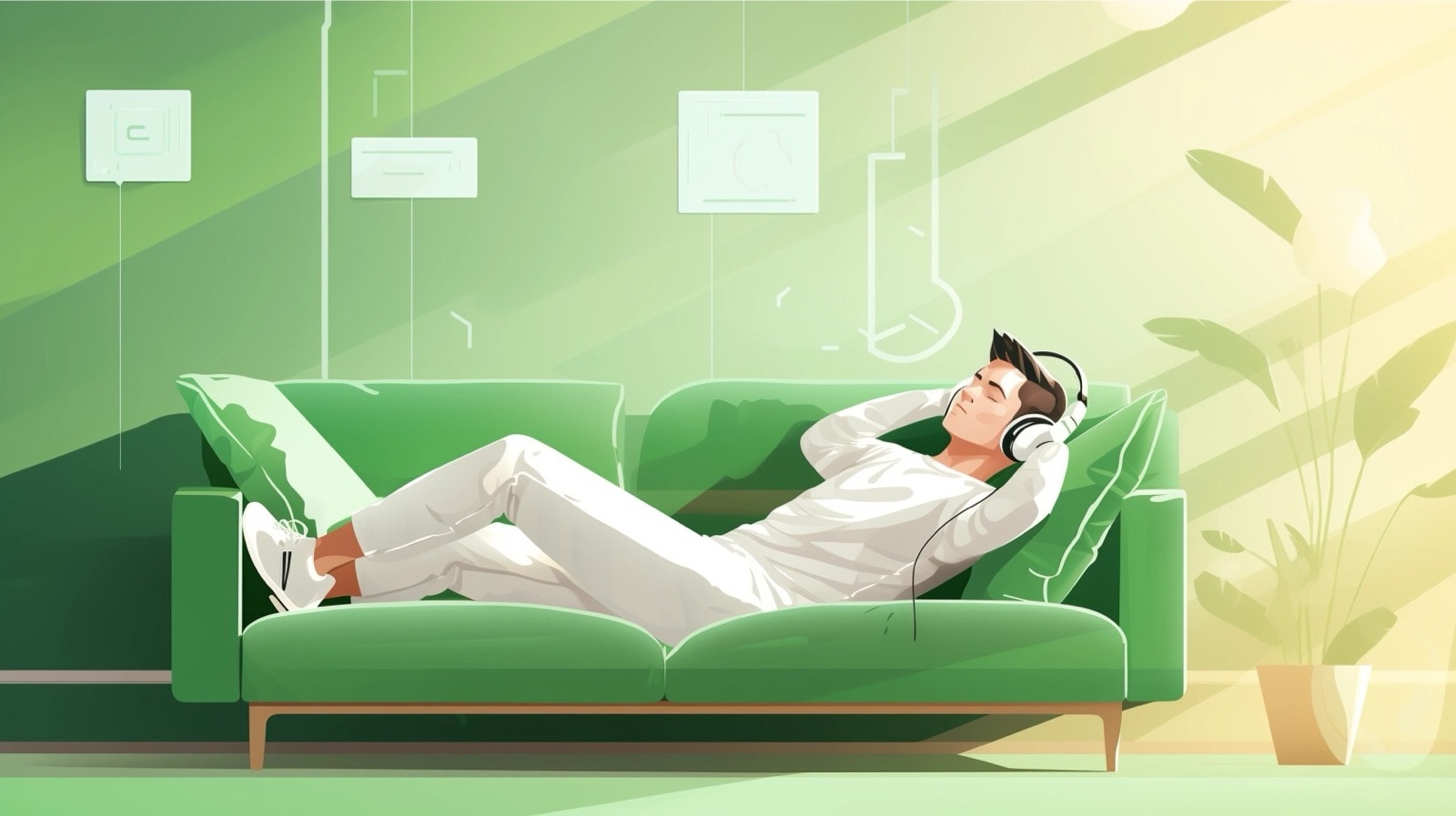
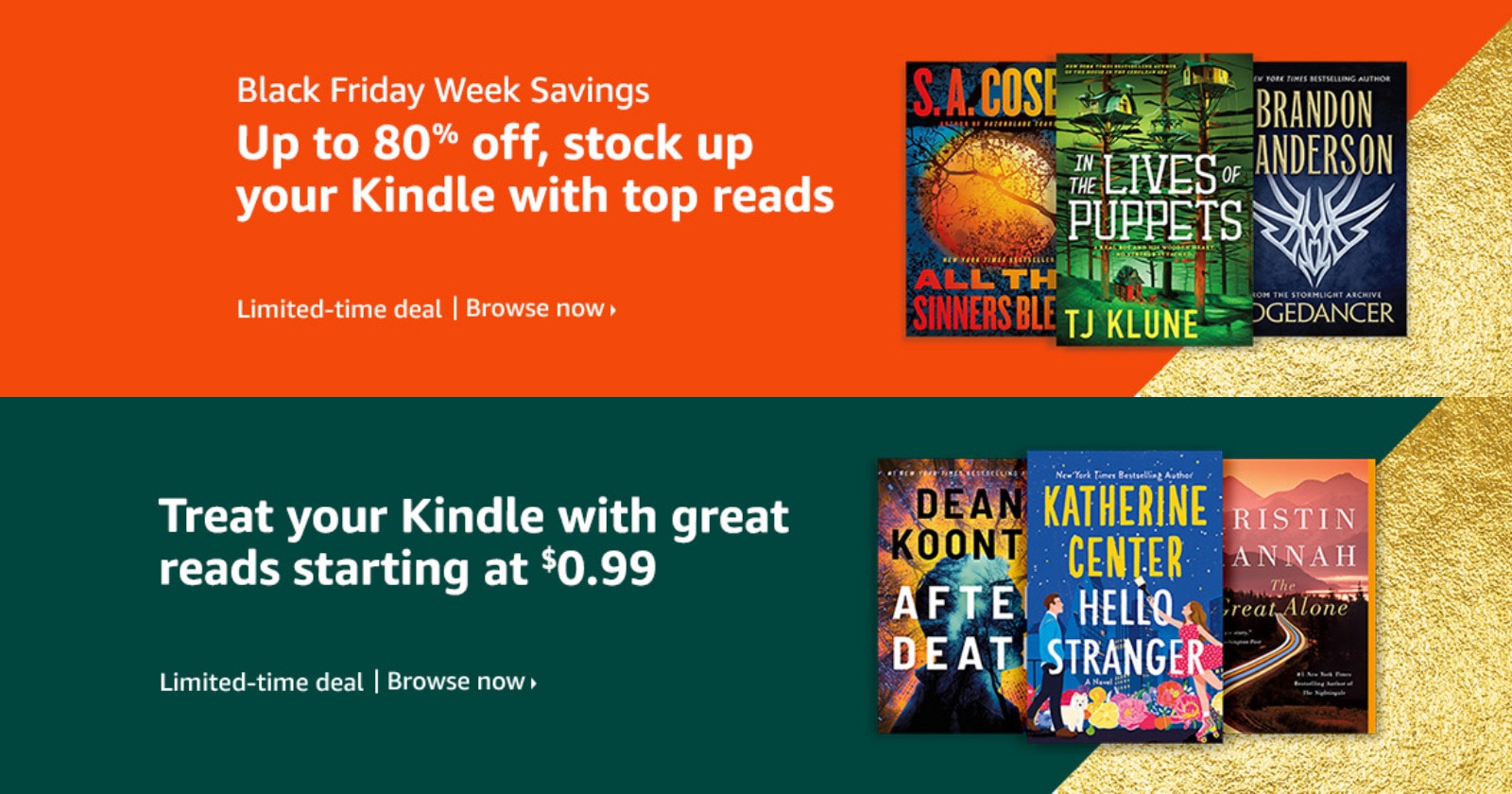


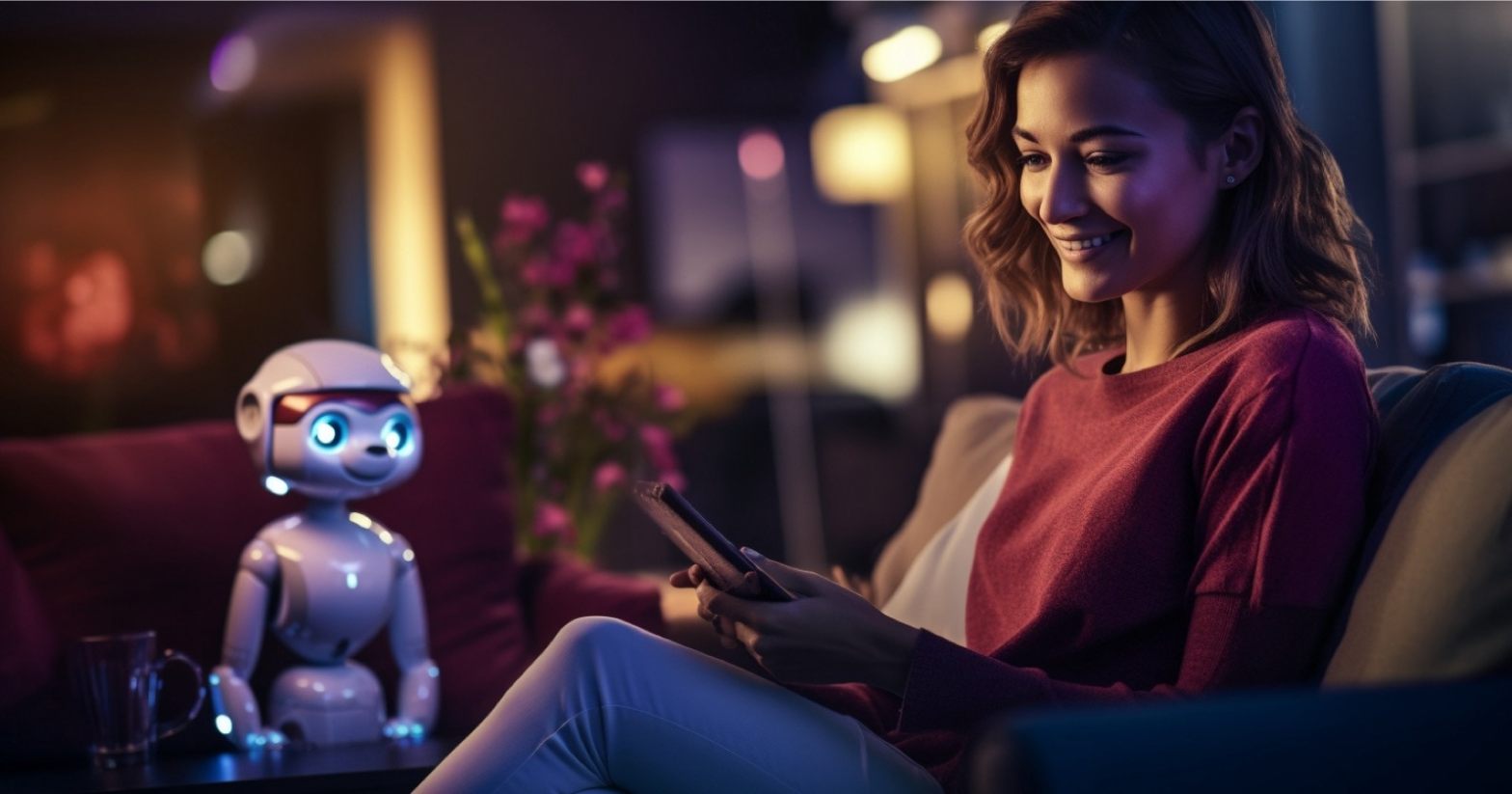
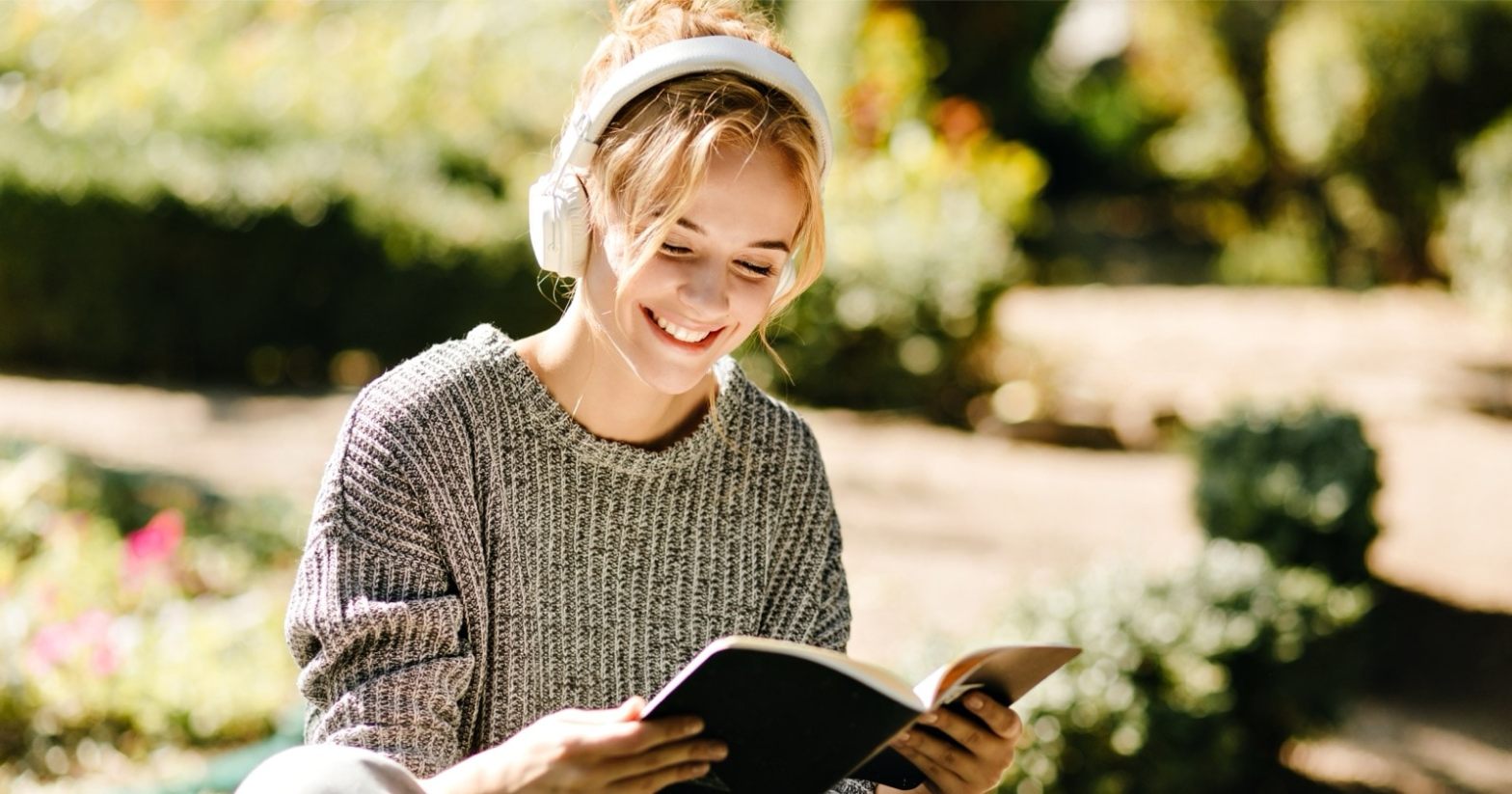
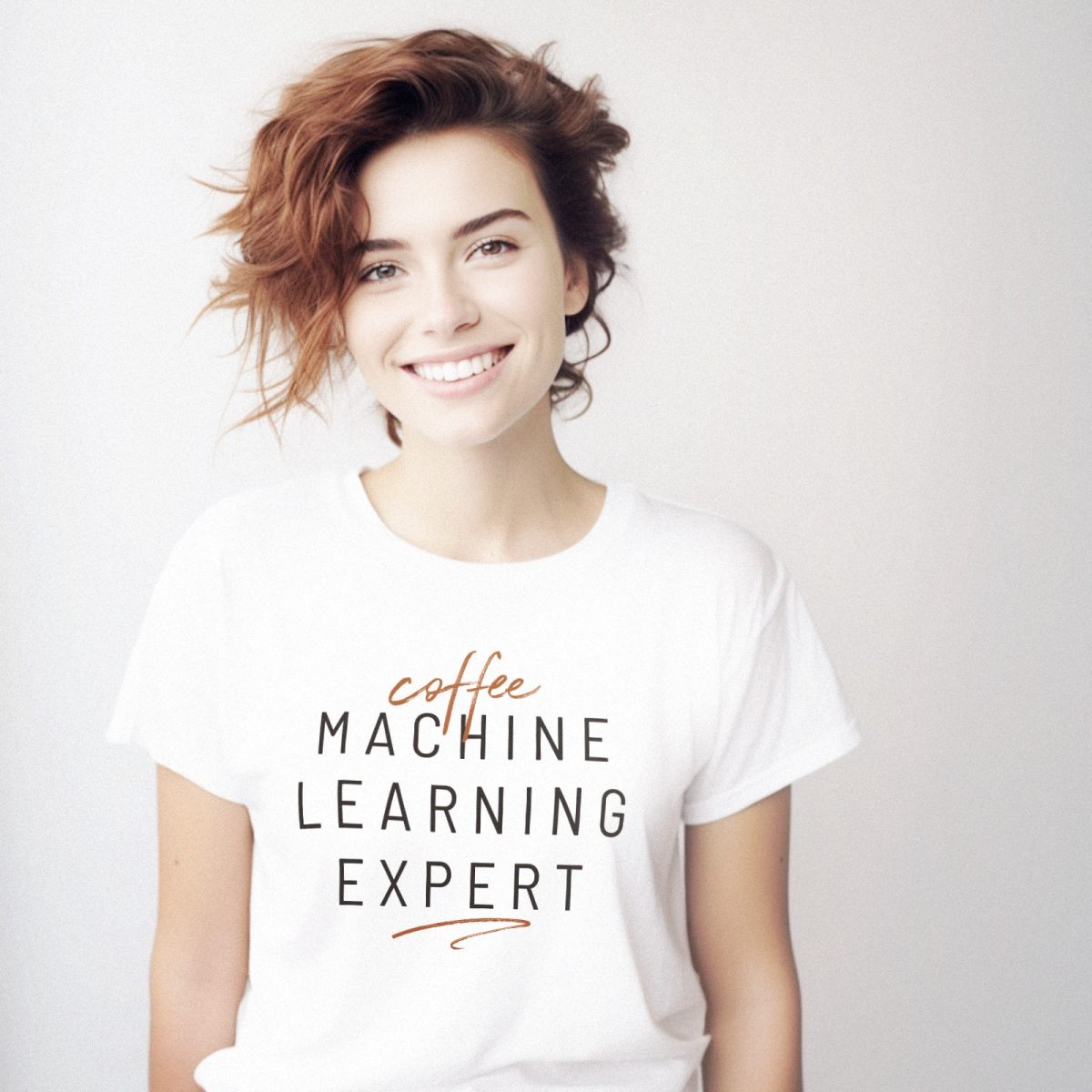
Leave a Reply